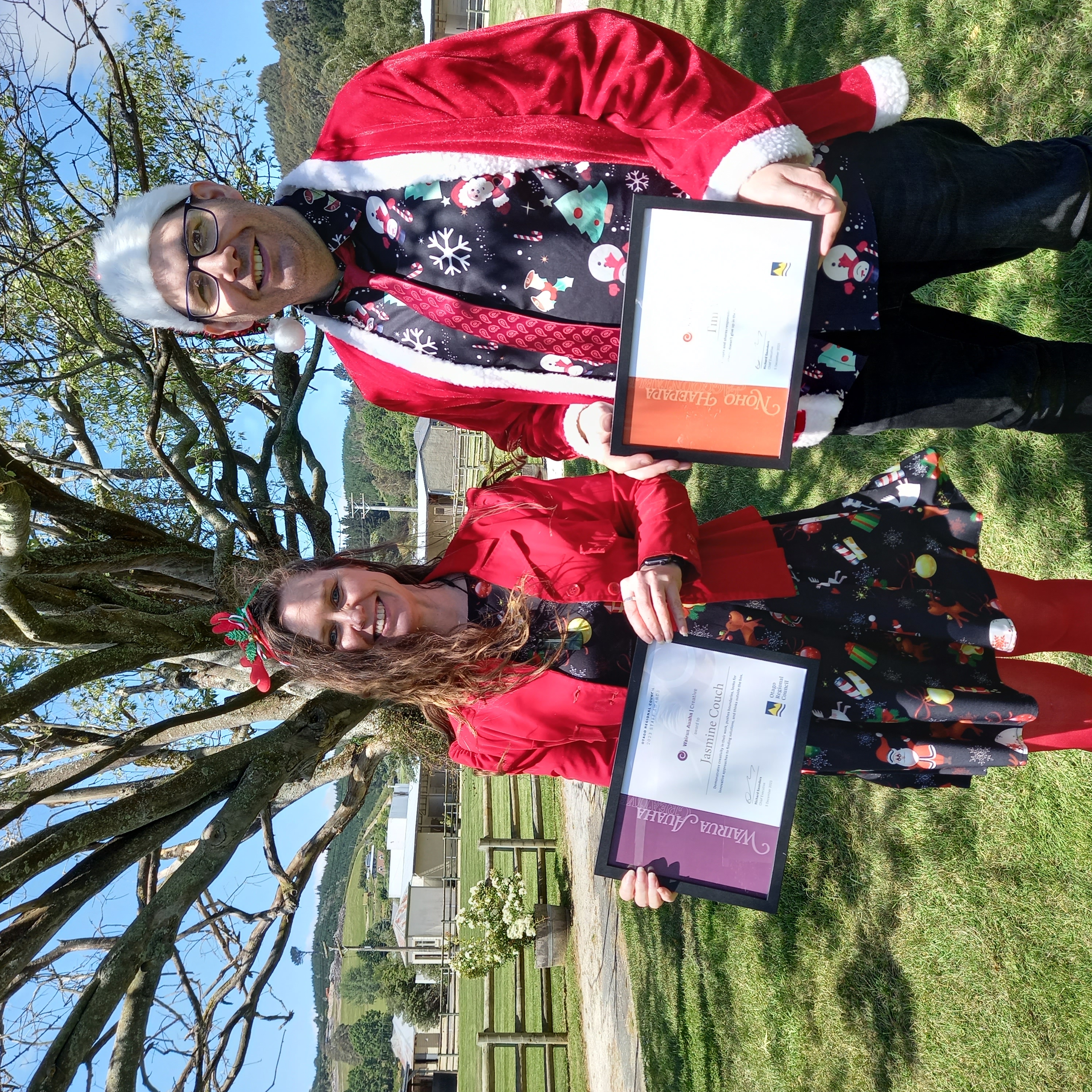Gold clams located in Central Otago
Tuesday 3 December 2024

This is the first unspoken line/the hook under the headline..
Our customer support offices in Dunedin and Queenstown will be closed on Thursday, 13 December. Please call 0800 474 082 if you need support.
Read moreOur customer support offices in Dunedin and Queenstown will be closed on Thursday, 13 December. Please call 0800 474 082 if you need support.
Tuesday 3 December 2024

This is the first unspoken line/the hook under the headline..
“Testing this week confirmed toxic algae is at the amber alert level but with some warm weather forecast we expect the bloom could intensify quickly,” says ORC Water Quality Scientist, Helen Trotter.
For the past few years algal blooms have been observed in Butchers Dam, typically from mid-November and persisting for several weeks. Falls Dam on the Manuherekia River has also been identified as a potential hotspot.
Blooms are most common during the summer when warm temperatures, low rainfall, more sunlight, and the right level of nutrients create conditions which are favourable to the growth of cyanobacteria.
Because toxic algae can be present at low levels year-round but can reach high concentrations very quickly, new permanent warning signs have been installed at Butchers Dam and Falls Dam.


These are to ensure visitors and residents are aware of the potential risks from toxic algae at these locations. Those visiting Butchers Dam for recreation should stay out of the water until it is confirmed safe to swim here.

“Every summer ORC’s monitoring team collect weekly samples to test bacteria levels and check for toxic algae at popular swimming spots in rivers and lakes across Otago.”
“We don’t monitor every waterway and there won’t always be a sign posted, so it’s important to know what to look for. There is some great information on ORC’s website,” Ms Trotter says.
“It is important people remember that water quality and conditions can change rapidly, especially after rain. That’s why wherever you choose to swim it’s always advised to avoid swimming for at least two days after heavy or prolonged rain because this is when higher levels of contaminants can enter our waterways,” says Ms Trotter.
To check for the latest toxic algae sightings, go to: www.orc.govt.nz/toxicalgaesightings
Otago Water Monitoring Programme
The Otago programme, which started in 2006, runs during the summer months from 1 December to 31 March as this is when most water activities occur.
Water monitoring sites are reviewed annually, with 36 sites this year being tested weekly by ORC water monitoring staff (see table below). Freshwater sites are monitored for E. coli, marine sites for Enterococci, and lakes for cyanobacteria (toxic algae) to make sure water is safe for swimming.

The latest water quality results are posted to www.lawa.org.nz/swim (Land Air Water Aotearoa), a handy resource for New Zealanders across the country to check the quality of their favourite local waterway and swim spots.
It's also a helpful resource for people wanting to learn more about water quality and how to keep safe while out enjoying our waterways this summer.
LAWA (Land, Air, Water, Aotearoa)
LAWA was originally set up as a collaboration between New Zealand’s 16 regional councils and unitary authorities. LAWA is now a partnership between Te Uru Kahika (Regional and Unitary Councils Aotearoa), Cawthron Institute, the Ministry for the Environment, the Department of Conservation, Stats NZ and has been supported by the Tindall Foundation and Massey University.

People can find out if a swim area is safe on LAWA, by clicking on the swimming icon on the orange box, top left, or by selecting the menu option under the search bar that says, “Can I swim here?”
“Council monitoring programmes across New Zealand continue to grow, with almost 850 recreational swim sites now on LAWA’s Can I Swim Here web page,” Ms Trotter says.
This way people can search for their local swim spot ahead of a visit and plan their trip with the latest information. The map will show spots which are suitable, or not, for swimming using the handy traffic light system.
As well as test results, the LAWA website has lots of useful factsheets, which can be found using the search bar, including the swim safe checklist and how to spot toxic algae.